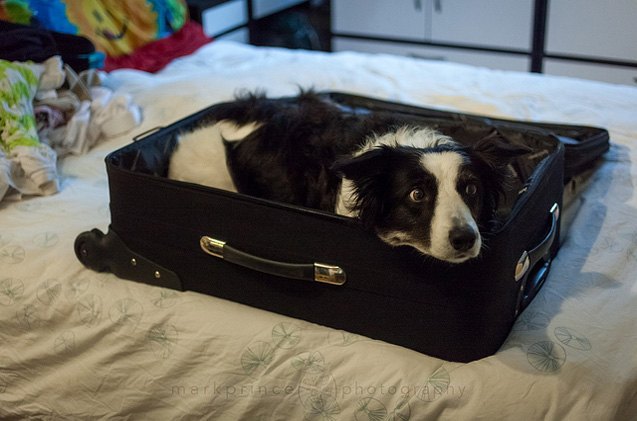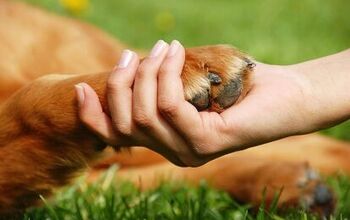Safety Tips: Flying With A Dog

Nothing is more satisfying than stepping out of the house and into your vacation – leaving all of your work and worries behind at home. If you are lucky, you don’t have to leave your dog at home – you can bring him with you! Most dogs travel well but there are some precautions you need to take to ensure your dog’s safety, especially if flying is part of your travel plans. Here’s what you need to know before flying with a dog.
Preparing for the Trip
The most important thing you can do is to book your trip early to ensure that you are able to get your dog on the same flight as you. In most cases, airlines will only allow one or two dogs per flight so you need make your arrangements as early as possible – do not buy your own ticket until you ensure that there is room for your dog as well. If possible, arrange for a direct flight so your dog doesn’t have to go through the stress of being transferred to and from several planes. In regard to the timing of your flight, try to choose weekday flights when the airport is less likely to be crowded – the grounds crew will also be less busy and more likely to handle your dog with care. To avoid exposing your dog to extreme temperatures, choose morning or evening flights during the summer and midday flights during the winter.
Related: Dog Travel Essentials
Bring all the Necessities
In order to take your dog on the plane, you will need to keep him safely secured in a crate/carrier. The type of carrier you choose may depend on the size of the dog and whether your dog is traveling in the cabin or in the cargo hold. For dogs traveling in the cabin, choose a soft-sided carrier that will fit under the seat during your flight. For dogs traveling in the cargo hold, a hard-sided carrier is recommended. Keep in mind that the carrier should be large enough to allow your dog to stand, turn around and lie down comfortably – if it doesn’t, the airline may refuse to transport your dog.
In addition to the carrier for your dog, you should also bring all of his identification. Your dog should always wear ID tags anyway, but the airline will need to see them as well as your own identification to make sure the information matches. It is also a good idea to bring a current photo of your dog in case he gets lost during transport – it is easier to match a dog to a photograph than a description. If your dog doesn’t already have one, you might consider a microchip as well.
Related: Guide to Pet Friendly Hotels
Just Before the Flight
It is not recommended that you feed your dog less than four hours before the flight – he will be uncomfortable flying on a full stomach and you don’t want to risk him getting sick in the carrier. Feed your dog about four hours before the flight and make sure he has access to water up until the flight. Exercise your dog if possible just before the flight because he will be stuck in the crate for several hours – make sure he does his business before you bring him to the cargo hold.
Other Tips to Consider
Different airlines have different policies for how early they will allow you to check in with your dog. For the most part, you won’t be allowed to check in more than four hours before the flight – in most cases, two hours is the recommended time. Do not give your pet a tranquilizer before the flight because it could cause a negative reaction when your dog is exposed to changes in altitude and pressure during the flight. Once you arrive at your destination, give your dog time to stretch his legs and make sure he has fresh water to drink. When you arrive at the hotel, give him a few minutes to sniff around and get used to his new surroundings. It shouldn’t take long, however, for your dog to settle in and for him to be ready to enjoy his vacation.

Kate Barrington is the loving owner of two cats (Bagel and Munchkin) and a noisy herd of guinea pigs. Having grown up with golden retrievers, Kate has a great deal of experience with dogs but labels herself a lover of all pets. Having received a Bachelor's degree in English, Kate has combined her love for pets and her passion for writing to create her own freelance writing business, specializing in the pet niche.
More by Kate Barrington























